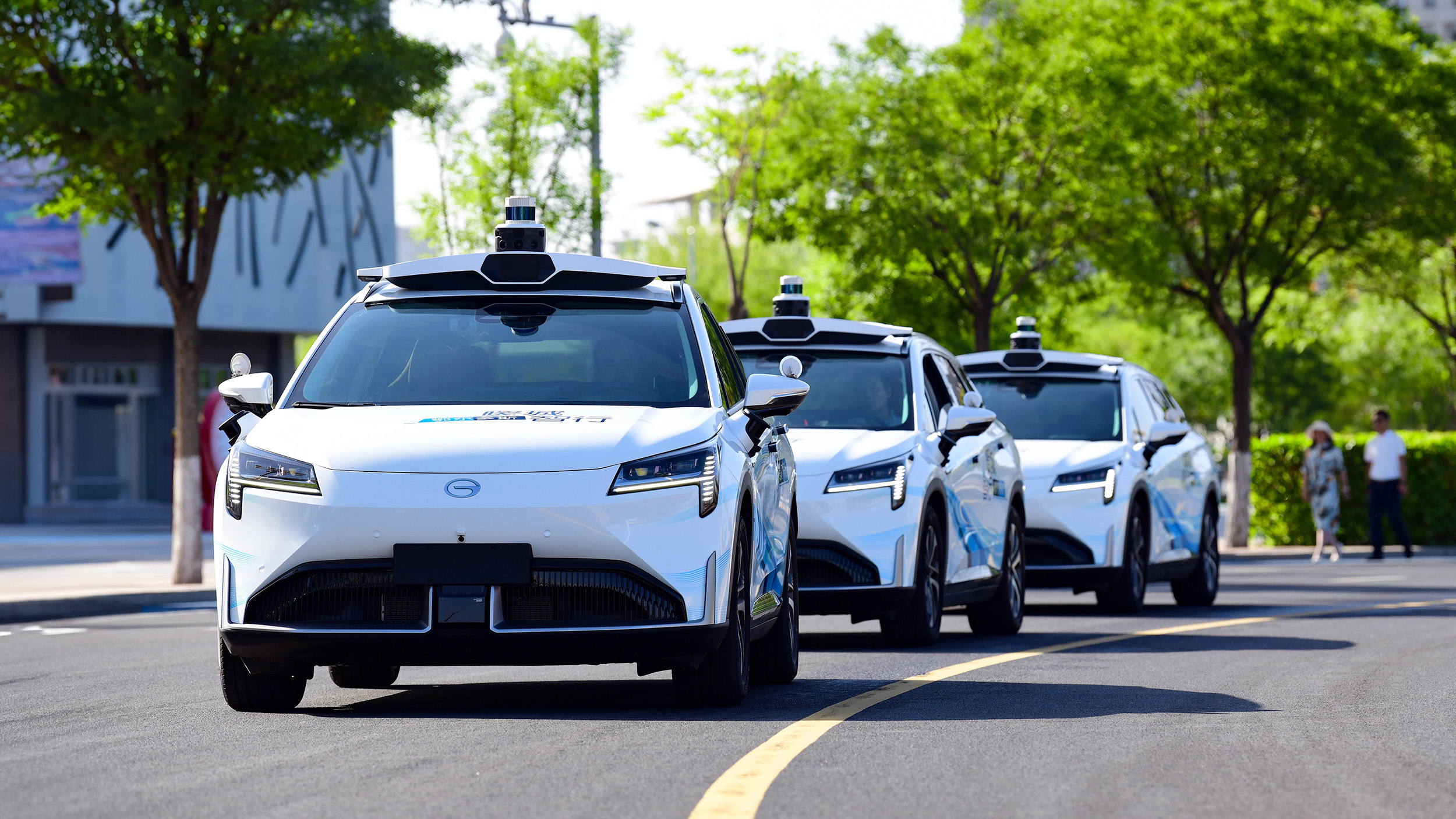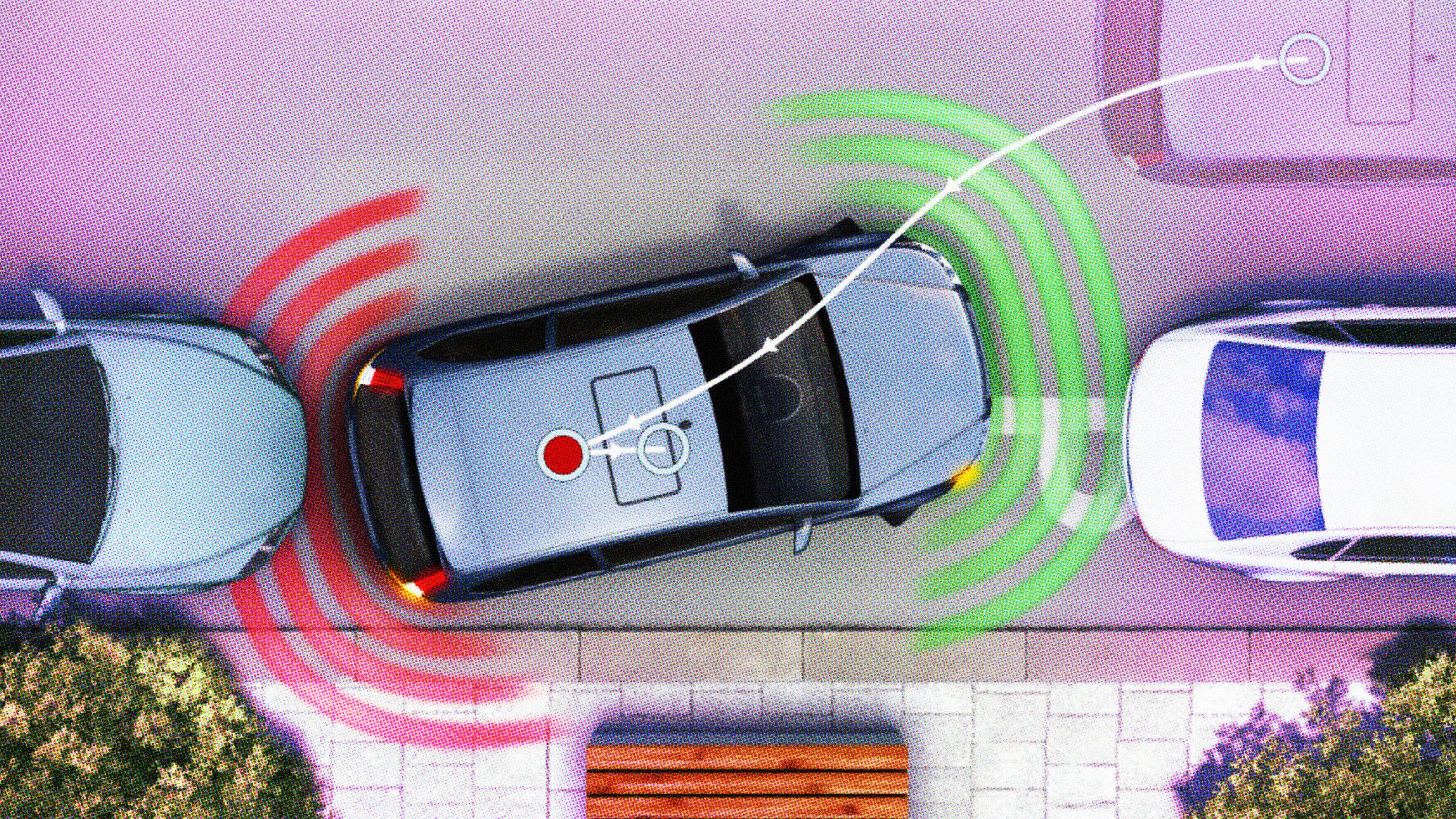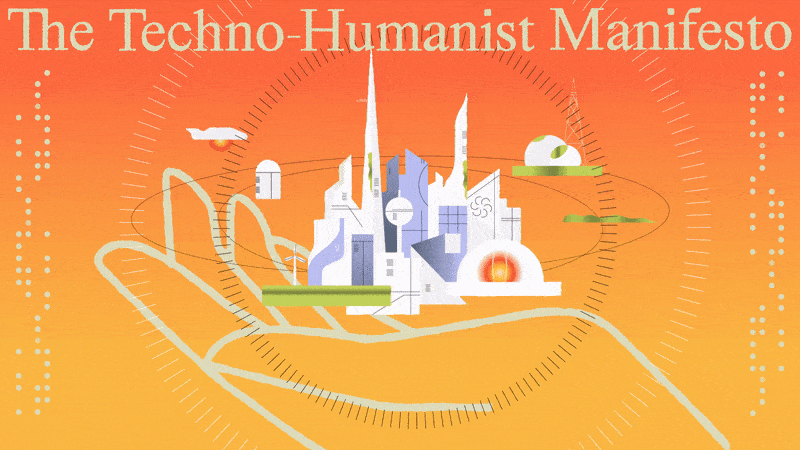Buckle Up for Public Transportation

Sign up for the Smarter Faster newsletter
A weekly newsletter featuring the biggest ideas from the smartest people
More information keeps trickling in on Tuesday’s Washington D.C. Metro accident. With the official death toll now at nine with 80 injured, it all serves as a reminder that no public transit option is entirely safe.
Investigators have now found that the operator had in fact slammed on the emergency break, though too late to prevent her Red Line train from rear-ending another and jackknifing on top of it.
In the wake of the D.C. wreck, I wrote for Popular Mechanics yesterday about some of the worst rail accidents in history and what we learned from them. As transit historian Brian Cudahy told me, “it sounds like a cliche, but accidents are learning experiences.”
Some past accidents have showed the need to get away from flammable materials, improve communication between trains, install checks for the operators–like “dead man’s switches” that stop the train if the operator is incapacitated–and automatic controls to keep him or her from going too fast.
Hopefully, investigators will figure out where the automatic controls went wrong this time, but the accident shows that they aren’t the only answer for train safety—you also need a real person with real experience to know when something’s off, and to make sure all the other systems are in working order. Unfortunately, it seems, the Red Line driver wasn’t able to override the system in time, though it’s possible the brakes themselves failed.
Lastly, however, this kind of wreck reminds us that total safety is an illusion. Some small bits of good can come out of a disaster, like when train officials are moved to improve their system. But the fact that trains, like planes, often crash spectacularly when things go wrong, creates an emotional
impact that misleads us into believing they are not a “safe” way to travel.
Statistically you’re more likely to die in car wreck; the odds in the U.S. are one in 20,000, compared to one in nine million for a train death. Still, it’s hard to trust the controls to someone else when you see pictures from D.C.
Sign up for the Smarter Faster newsletter
A weekly newsletter featuring the biggest ideas from the smartest people





